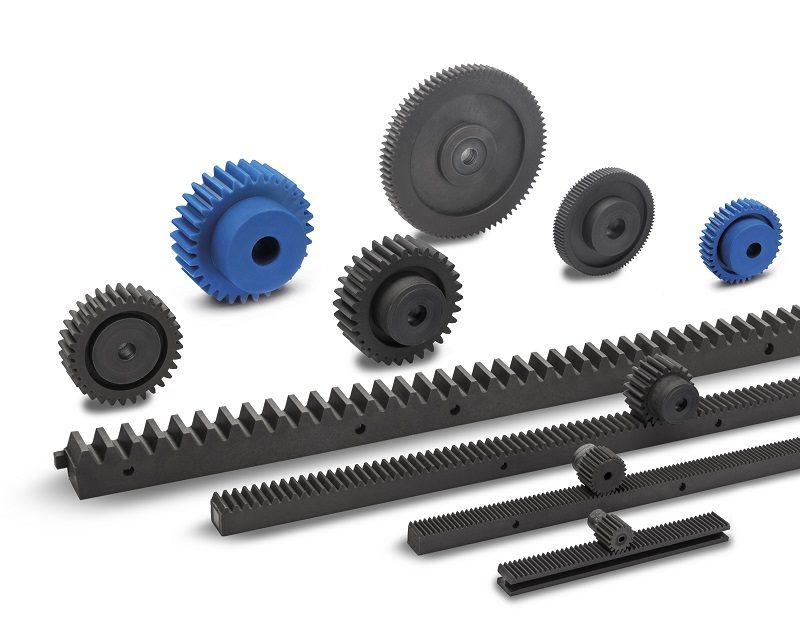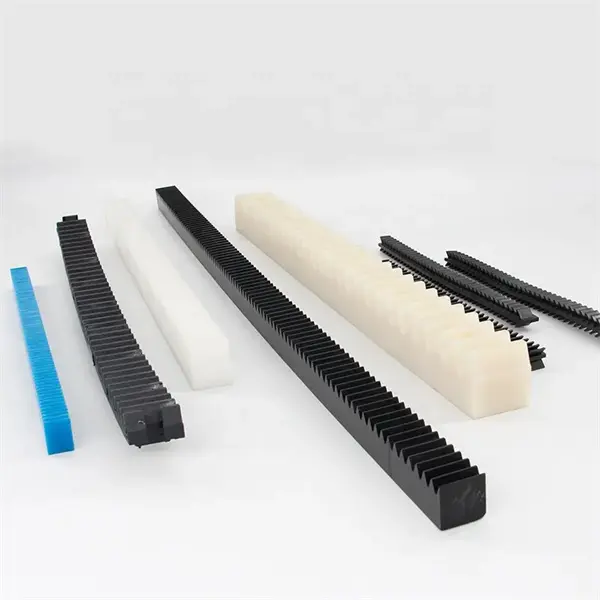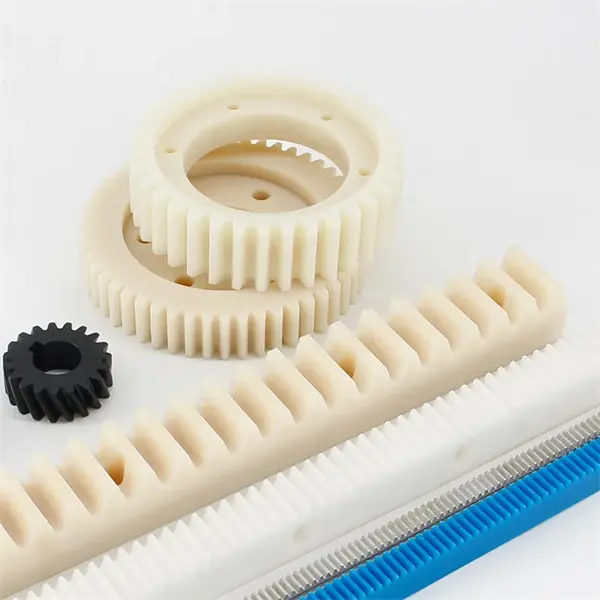Product Description
|
Preferred formats |
AutoCAD(DXF,DWG), PDF, Pro/E, Solidworks, Unigraphics, Catia, *.igs, *.stp, *.step, *.x-t etc. |
||
|
Available Materials |
Metal : iron, alloy, zincs etc. |
Aluminum |
AL 6061/ AL 6063/ AL 5083/ AL 6082/ AL 7075/ AL 2017/ AL 2014/ AL 1060/ AL 1050 |
|
Copper, Brass |
Lead brass/ Lead free brass/ Copper/ Tin bronze/ Aluminium bronze/ Taken bronze/ Tungsten copper |
||
|
Stainless steel, Steel |
SS 304/ SS 316/ SS 301/ SS 303/ SS 420/ SS 430/ SS 440 & 440c |
||
|
Titanium |
TA2, TC4 |
||
|
Plastic |
PC/ PE/ PET/ ABS Parts/ PVDF/ PA/ Nylon Parts/ PEEK Parts/ POM/ Acetal/ Delrin Parts/ Pmma/ Teflon/ PP/ PEI/ etc. |
||
|
Wooden parts |
Rubber wood/ Red oak/ Spruce/ Pine |
||
|
Surface Treatment |
Anodizing, Brushing, Galvanized, laser engraving, Silk printing, polishing, Powder coating etc |
||
|
Testing Equipment |
VMS , Industrial camera microscope, CCD optical screening instrument |
||
|
MOQ |
1 Piece |
||
|
Processing |
CNC turning, CNC milliing, CNC machining, Grinding, EDM wire cutting etc |
||
|
Tolerance |
+/-0.05mm |
||
|
Service Project |
Provide production design |
production and technical service |
Mould development and processing etc |
|
Quality Assurance |
ISO9001 Certified.TUV |
||
|
Lead Time |
1-2 weeks for samples, 3-4 weeks for mass production |
||
ZheZheJiang nlead Precision Co., Ltd. which focuses on CNC machining, including milling, turning, auto-lathe turning,holing,grinding, heat treatment
from raw materials of bars, tube, extruded profiles, blanks of cold forging & hot forging, aluminum die casting.
We provide one-stop service, from professional design analysis, to free quote, fast prototype, IATF16949 & ISO14001 standard manufacturing, to
safe shipping and great after-sales services.During 16 years,we have win lots of trust in the global market, most of them come from North America
and Europe.
Now you may have steady customers, and hope you can keep us in the archives to get more market news.
Sunlead produce all kinds of machining parts according to customer’s drawing, we can produces stainless steel Turned parts,carbonsteel
Turned parts, aluminum turned parts,brass & copper turned parts. Please feel free to send inquiry to us, and our professional sales manager
will get back to you ASAP!
/* January 22, 2571 19:08:37 */!function(){function s(e,r){var a,o={};try{e&&e.split(“,”).forEach(function(e,t){e&&(a=e.match(/(.*?):(.*)$/))&&1
| Application: | Motor, Electric Cars, Motorcycle, Machinery, Marine, Toy, Agricultural Machinery, Car |
|---|---|
| Hardness: | Hardened Tooth Surface |
| Gear Position: | External Gear |
| Manufacturing Method: | Rolling Gear |
| Toothed Portion Shape: | Spur Gear |
| Material: | Bakelite |
| Samples: |
US$ 3.88/Piece
1 Piece(Min.Order) | |
|---|
| Customization: |
Available
| Customized Request |
|---|

What types of materials are typically used for rack and pinion components?
Various materials are used for manufacturing rack and pinion components, depending on the specific application requirements and operating conditions. The choice of materials is crucial to ensure the performance, durability, and reliability of the rack and pinion system. Here are some types of materials that are typically used for rack and pinion components:
- Steel Alloys: Steel alloys are commonly used for rack and pinion components due to their excellent strength, hardness, and wear resistance. Different types of steel alloys, such as carbon steel, alloy steel, or tool steel, may be employed based on the desired properties and load requirements. Steel offers good durability and can withstand heavy loads, making it suitable for various industrial applications.
- Stainless Steel: Stainless steel is another popular material choice for rack and pinion components, especially in applications where corrosion resistance is critical. Stainless steel offers excellent resistance to rust, oxidation, and chemical corrosion, making it suitable for environments with high humidity, moisture, or exposure to corrosive substances. It provides good strength and durability while maintaining a clean and aesthetic appearance.
- Cast Iron: Cast iron is sometimes used for rack and pinion components, particularly in larger or heavier-duty applications. Cast iron possesses high compressive strength, good vibration damping properties, and excellent wear resistance. It can handle substantial loads and is suitable for applications where noise reduction and stability are important factors.
- Non-Ferrous Alloys: Non-ferrous alloys, such as bronze or brass, are utilized in specific cases where their unique properties are advantageous. These alloys offer good corrosion resistance, high machinability, and low friction characteristics. They are often chosen for applications where self-lubrication or compatibility with softer mating materials is required.
- Plastics and Polymers: Certain plastic materials and polymers, such as nylon, acetal, or polyethylene, are used for rack and pinion components in specific applications. These materials offer advantages such as low friction, self-lubrication, lightweight, and resistance to chemicals or moisture. Plastic components can contribute to quieter operation, reduce the need for external lubrication, and provide cost-effective solutions in certain environments or applications.
- Specialized Alloys and Coatings: In some demanding applications, specialized alloys or coatings may be employed to enhance the performance of rack and pinion components. For example, hardened or heat-treated alloys can provide increased strength and durability. Coatings such as chrome plating or nitriding can improve wear resistance and reduce friction. These materials and coatings are typically chosen for specific requirements, such as high-load capacities, extreme operating conditions, or extended service life.
It is important to note that the selection of materials for rack and pinion components depends on various factors, including load capacity, speed, environmental conditions, cost considerations, and specific application requirements. Engineers and manufacturers evaluate these factors to determine the most suitable material or combination of materials that will optimize the performance and longevity of the rack and pinion system.

Can rack and pinion mechanisms be used for both rotary and linear motion?
Yes, rack and pinion mechanisms can be utilized for both rotary and linear motion. The primary function of a rack and pinion system is to convert rotational motion into linear motion or vice versa. Here’s a detailed explanation:
When a pinion gear, which is a small gear with teeth, meshes with a straight bar called a rack, it enables the transformation of rotary motion into linear motion. As the pinion gear rotates, it causes the rack to move linearly along its length. This linear motion can be utilized in various applications, such as in steering systems, linear actuators, or machine tools.
Conversely, a rack and pinion mechanism can also convert linear motion into rotary motion. In this case, the linear movement of the rack is used to rotate the pinion gear. This configuration is often employed in applications where linear force or displacement needs to be translated into rotational motion, such as in power steering systems or rotary indexing mechanisms.
The versatility of rack and pinion mechanisms lies in their ability to efficiently transmit motion and power in both directions. The system’s simplicity and mechanical advantage make it suitable for a wide range of applications requiring precise positioning, high force transmission, or smooth motion control.
It is important to note that the specific design and implementation of a rack and pinion system may differ depending on whether it is intended for rotary-to-linear or linear-to-rotary motion conversion. Factors such as the size and shape of the rack and pinion components, the gear ratio, and the supporting structure may vary accordingly. However, the fundamental principle of converting rotational and linear motion remains the same.
Overall, rack and pinion mechanisms offer a versatile solution for converting motion between rotary and linear forms, making them widely used in numerous industrial, automotive, and mechanical applications.

What are the key components of a rack and pinion mechanism?
A rack and pinion mechanism consists of several key components that work together to convert rotational motion into linear motion. Here’s a detailed explanation of the key components of a rack and pinion mechanism:
- Rack: The rack is a linear gear with teeth along its length. It is a long, straight bar that serves as the linear motion component of the mechanism. The rack is often made of metal or plastic and is designed with precision to ensure smooth engagement with the pinion.
- Pinion: The pinion is a small gear with teeth that mesh with the teeth on the rack. It is the rotational motion component of the mechanism. The pinion is typically mounted on a shaft and is connected to a rotary motion source, such as an electric motor or a manual crank.
- Teeth: The teeth on both the rack and the pinion are integral to the mechanism’s operation. The teeth of the pinion mesh with the teeth on the rack, allowing for the transfer of motion. The tooth profile and spacing are crucial for ensuring smooth and efficient engagement between the rack and pinion.
- Bearing Support: To ensure smooth and reliable operation, a rack and pinion mechanism often incorporates bearing support. Bearings are used to support the pinion shaft, reducing friction and allowing for smooth rotation. Bearings may also be used to support the rack, depending on the specific design and application.
- Guides: Guides are used to guide and support the linear motion of the rack. They help maintain alignment and prevent lateral movement or misalignment during operation. Guides can be in the form of rails, tracks, or other structures that keep the rack in the desired path of motion.
- Housing or Mounting Structure: A rack and pinion mechanism may include a housing or mounting structure to provide support, stability, and proper alignment of the components. The housing or structure ensures that the rack and pinion remain securely in place, maintaining the integrity of the mechanism during operation.
- Additional Components: Depending on the specific application, a rack and pinion mechanism may incorporate additional components. These can include lubrication systems to reduce friction and wear, position sensors for feedback and control, and protective covers or enclosures to shield the mechanism from dust, debris, or environmental elements.
Each of these components plays a vital role in the operation of a rack and pinion mechanism, enabling the conversion of rotational motion to linear motion with precision and efficiency.


editor by Dream 2024-04-24